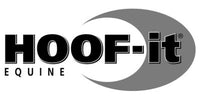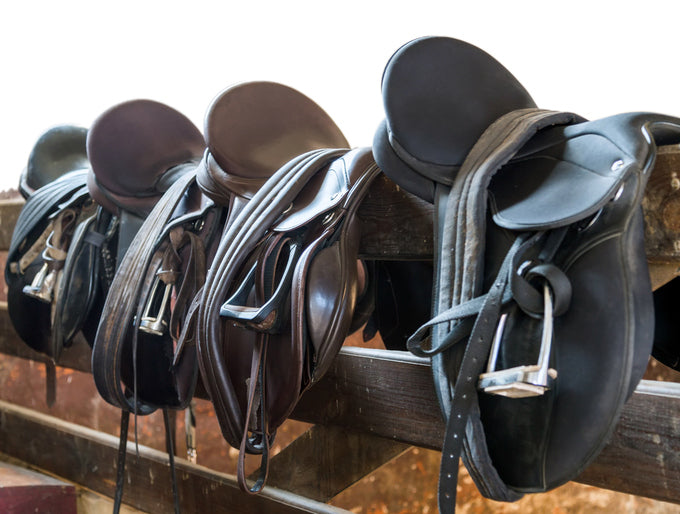How to choose the right saddle
If the saddle fits - Finding the right saddle for you and your horse
Finding the right saddle is not an easy task. With all of the styles and sizes to choose from, how do you know you're getting the right one for the job?
This is an important purchase so it is equally important to take time and do your research into what kind of saddle you are looking for.
First, you need to know your budget. Saddles come in a wide range of prices, from the low hundreds to the high thousands. Knowing what you are looking for, and what you are willing to pay ahead of time are important. Once you know your budget, then you need to decide what type of saddle you are looking for. Are you riding English or Western? Are you doing show jumping, dressage, cross-country, or are you barrel racing, trail riding or endurance?
Western Saddles
Choosing a western saddle comes down to how much you want to spend, how it fits you and your horse and your personal preferences. They come in many different styles and sizes, but can be used for anything from showing to trail riding.

General purpose saddles
General purpose saddles are designed so you can do most disciplines in them from hacking to jumping.
Most leisure riders will go for this option, you only need one saddle, but if you compete regularly you may be better off looking at a discipline-specific saddle to give you the support that you need.
Dressage saddles
As the name suggests these are designed for dressage and flatwork.
The saddle flap is longer and straighter encouraging you to ride with a long leg position and the seat tends to be deeper to help you maintain a correct position.
There is the option of having large fixed knee blocks through to smaller movable blocks so you can find the most comfortable position for you.
To allow you to have a closer leg contact the girth straps are long and you use a short girth to remove any bulk under your leg so there are no buckles under your leg.

Jumping saddles
These are designed to sit more forward so you can ride with shorter stirrups. They also have shorter flaps because you aren't riding with a long leg as you would in a dressage saddle.
Some will have knee and thigh blocks positioned to help you stay secure and supported when you’re jumping and some do not and they often have a flatter seat.

Endurance saddles
Endurance saddles are for long distance riding so it is important that they are comfortable for you and your horse. Endurance saddles look like a combination of an English and Western saddle and they have no saddle horn like a traditional western saddle. The stirrups are shaped like an English saddles stirrups but they are wide like Western saddle stirrups. They are more cushioned on the underside to be extra comfortable for your horse on long rides and they have more cushion on the upper side for the riders comfort. Choosing an endurance saddle will come down to personal preference as well.
Leather or synthetic?
Once you have chosen what style you need you will want to decide what material your saddle will be made of.
The leather is typically the first choice of most riders. You can't beat the look and feel of a leather saddle and once they are broken in a bit, they are very comfortable and form to your horse.
Synthetic saddles have come a long way since they were first introduced and are sometimes a more economical way to obtain a saddle. They are easily washable and if you're on a tight budget, they are definitely worth looking into.
What about a proper fit?
When it comes to the fit of the saddle on your horse, you want to make sure that it sits nicely over the horse's withers and backbone and that it sits evenly across their back. Take into consideration what type of bone structure your horse has. Look at their top line. Do they have prominent narrow wither, or rounded and flatter wither? Does their back bow or is it straight? Most saddles will mold somewhat to your horse's body, but you always want to be on the lookout for places where the saddle may be rubbing them wrong or pinching them. This will show up as patches of hair rubbed off or even sores if it goes unnoticed for too long.
There are also a variety of pads that you can try under your saddle to address different types of backs. If your horse has a back that bows and is bony, you can add small foam inserts between your saddle and saddle pad to fill in these gaps and give your horse more cushion.

